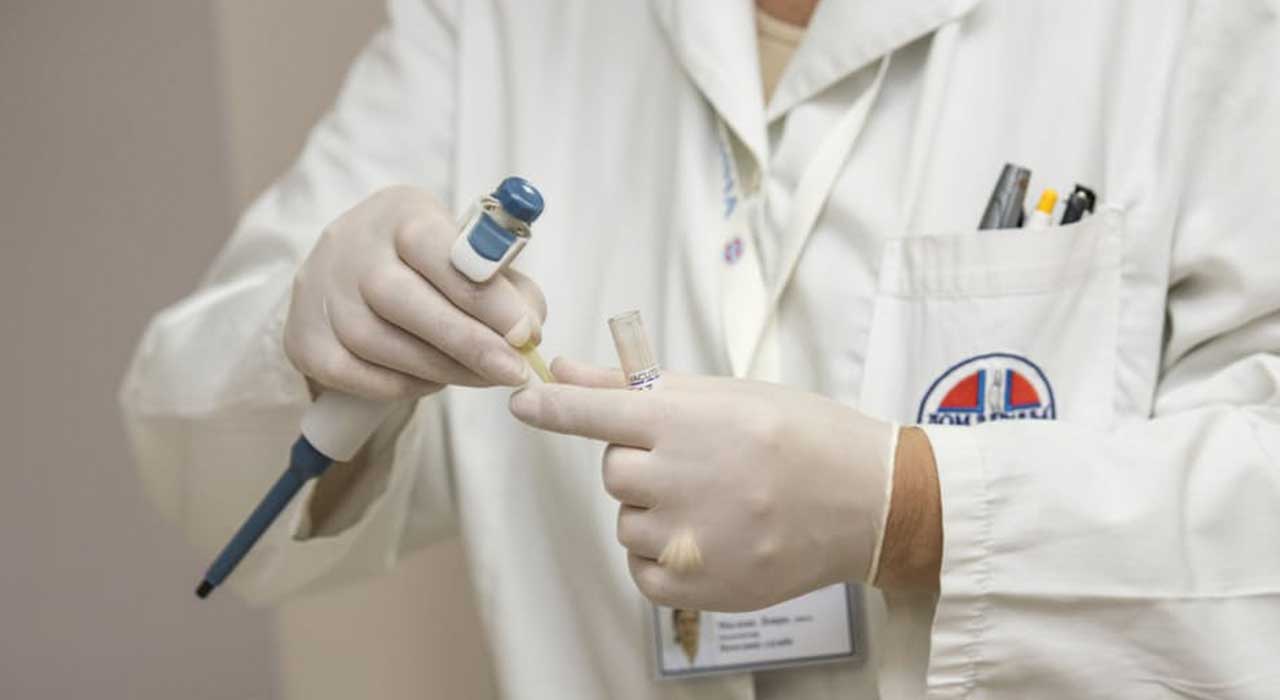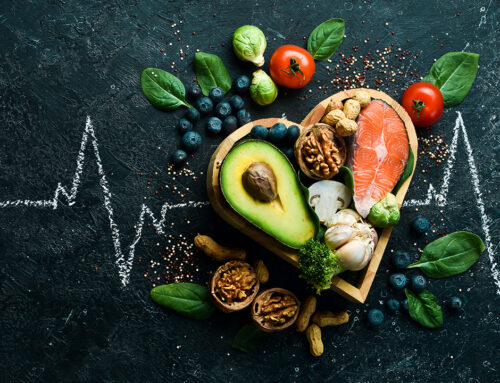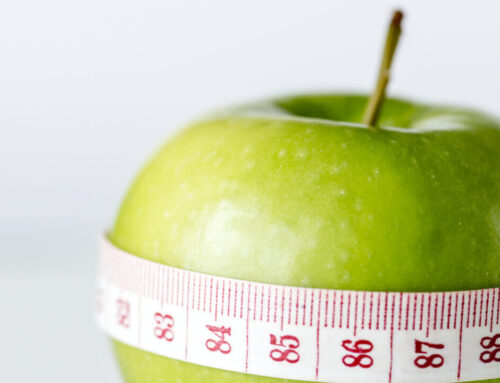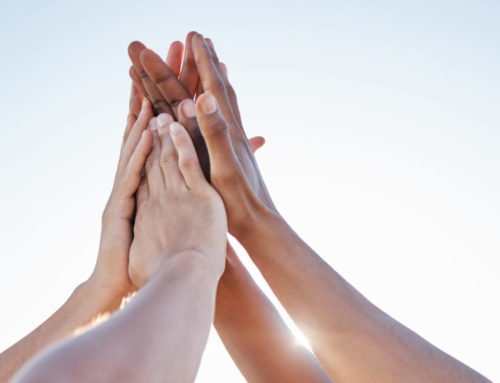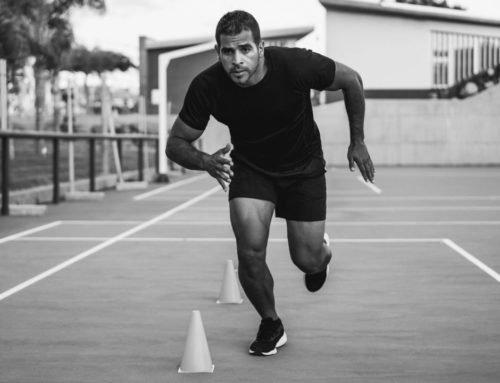We rate the new high-tech treatments, therapies, kit and trends promising to turbocharge your recuperation and boost your health so you become a better athlete in record time.
For anyone with stomach issues: Stool banking
First there were sperm banks – and now you have a trend that demands to be frozen. Your body is home to a unique mix of bacteria that maintain health, but antibiotics and other treatments can disrupt this delicate balance.
Research at Stanford University, California, found repeatedly using antibiotics creates cumulative and persistent changes to the microbial species in your gut. To get around this, athletes are now storing samples of their personal bacterial ecosystems in case they need them for treatment.
The OpenBiome Company offers personalized microbial restoration services (from $3,000, openbiome.org) that include screening, profiling, processing, encapsulation and cryopreservation.
Think of it as a health safety net for your insides and an essential step for a complete recovery if you’ve taken large doses of antibiotics due to sickness or a sports injury.
Don’t just flush all that valuable information away.
Recovery rating: 3/5
Best nutrition: Molecular environment sensors
Fitness trackers might measure every element of your physiology, but the new wave of products will gauge the quality of the foods, plants and products you wear.
The Scio pocket sensor (from $249, consumerphysics.com) is a handheld spectrometer that helps identify the chemical makeup of foods, plants or drugs, while also taking measurements on nutritional values and freshness. If you want to know when an avocado will ripen, or which apple is the sweetest, you can use this in the shop to know everything about your food before you buy it.
This will ensure you maximize the nutrients you eat while recovering so you can avoid any nasty chemical surprises.
Recovery rating: 5/5
Calm your nerves: Autonomous sensory median response
If you’ve ever felt a pleasurable tingling in your scalp, washing down to the back of your neck and into your shoulders when watching a particular show or listening to a certain song then you’ve already experienced this new therapy called autonomous sensory median response (ASMR).
It makes you feel relaxed and aids concentration. Thankfully, it’s not all pseudoscience because research in the journal PeerJ found people who engage in ASMR feel improvement in the symptoms of depression and chronic pain.
Not everyone can experience it but there are e-books, DVDs and YouTube clips that can help you learn this emerging recovery strategy that works in a similar way to meditation. To learn how to do it in a way that fits your budget, visit: asmr.fm.
Recovery rating: 1/5
Tracking specific gains on body parts: Dexascan
Body fat measurements might track your total fat levels but this scan is fast becoming the gold standard for anyone wanting to track exactly where they’re losing or gaining fat, vital if you’re coming back from a long lay-off following an injury.
It uses low-emission X-rays to measure your lean muscle mass, the fat tissue of your trunk, arms and legs, and your bone mineral density. It’ll keep your workouts, and trainer if you’re using one, 100% accountable for your gains – or lack of them.
It takes less than 10 minutes (from $200, at dexafit.com if you’re in the US or from BodyScan if you’re in the UK) and will tell you with pinpoint accuracy how well your new arm-building routine is working. It’s the ideal treatment for you to do at the start of the year to create a baseline for your improvements.
Recovery rating: 4/5
For hay fever sufferers and enduro athletes: Halotherapy
Although halotherapy sounds like something you’d do on your Xbox, this actually involves breathing in micronized dry salt, as if you were living in a sea cave. Salt is viewed as a dietary evil to your blood pressure but breathing it is supposed to improve lung health and fight allergies.
Unfortunately, research in the International Journal of Chronic Obstructive Pulmonary Disease found that it doesn’t actually do anything to promote lung health. That said, people who do this (from $1,000, halotherapy.info) report improved overall wellness and energy levels that come with breathing easier.
With centers popping up everywhere it’s hard to deny that people are enjoying the benefits, especially leading into spring when hay fever rears its ugly head.
Recovery rating: 2/5
De-stress after a hectic workout: Sound healing
In New York and Los Angeles, people are gathering for ‘sound baths’ – group experiences where people focus on the vibrations of tuning forks. Most people have become so accustomed to the constant badgering from smartphones and traffic noise that the total silence associated with meditation can be a little unnerving, yet they find sound baths more approachable.
Think of it as a group of people gathering in a room to enjoy a concert of gongs and crystal bowls singing. The resonance of the instruments affects body and mind while helping you feel more relaxed. It’s a good way to calm your body down after a really tough workout.
Sound baths are popping up at Twisted Trunk Yoga and Studio Anya, both in Manhattan, and at House of Intuition in the Silver Lake, Los Angeles. It gets the recovery gong.
Recovery rating: 1/5
Find fitness hints and tips and more in every issue of TRAIN magazine and be sure to make these 6 scientifically proven nutrition upgrades.


